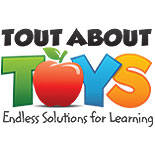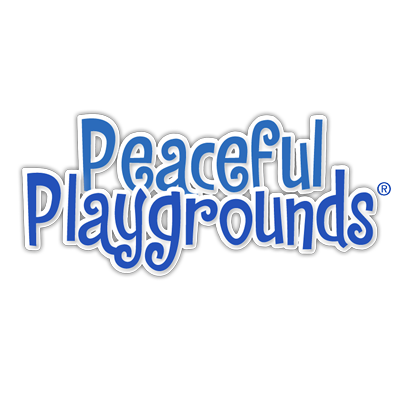5 Tips For Successful Homeschooling
Some parents are considering the option of homeschooling their children as the pandemic has pushed them with the scenario. For others, maybe they’ve always planned to homeschool their children, so they can always be there to guide them. Either way, choosing to teach your kids at home comes with challenges and rewards. If you have the time, temperament, passion, and enough resources to homeschool your child, then you’re good to start.
However, homeschooling can be an overwhelming option, especially if you’ve never done it before. Things may be a little rough at the beginning since that’s where the transition starts for both the child and the parents. You’ll need to adjust both of your schedules and you’ll be the one to manage your children’s education and learning objectives coming from homeschool programs like Abeka homeschool and others.
Homeschooling 101
Homeschooling also entails creating a solid structure at home, despite the constant changes of the curriculum. Eventually, the complexity increases as your child’s learning level improve. While these may all sound stressful and difficult, there are things you can do to make the experience easier for both of you.
To help ease the transition for both the children and parents, here are five tips for successful homeschooling:
-
Research Homeschooling Options
Before anything, you need to research your child’s homeschooling options. You can do this by visiting the library, reading books, talking to people who’ve done homeschooling, or subscribing to magazines featuring homeschooling. Educate yourself about the different routes you can take for yourself and your child.
You can also check some of the popular options most parents use like Abeka homeschooling and other reputable programs. Most importantly, don’t get easily frustrated if you don’t understand everything when you begin. Take your time to gather enough information.
-
Decide Your Homeschool Curriculum
Once you’ve chosen your option, you’ll also have to decide your child’s homeschool curriculum. Many homeschool programs offer workbooks, lesson plans, and textbooks, which you can use as your reference for the lessons you’ll need to cover.
You can purchase curricula on online stores or mail-order catalogs, and each of these will differ in terms of the workbooks and activities since each is tailored for different teaching approaches that'd fit depending on the child’s interests.
-
Have A Designated Homeschooling Space
Homeschooling is exciting and fun, but it’s also messy. Living and learning in the same area can easily lead to disorganization, and a chaotic place isn’t an encouraging environment for both the students and parents. Thus, you need to set a specific space for your child’s sessions. In this way, it’ll be easier for you to organize your child’s learning materials.
This will also help separate your child’s homeschooling sessions from other things happening in the house, which might distract during the class. For instance, you're discouraged from conducting your child’s classes in the living room, especially if other family members are watching TV or the pets are playing around them. Instead, designate a place exclusive to your child’s learning and will enable them to focus on your lessons. Once the class is over, it’ll be easier for you to return the learning materials in their places and shelves.
-
Create A Schedule
Like in a standard school system, it’s also best to create a homeschooling schedule for your child to follow. Some of you may think homeschooling is a flexible education system, and while it’s true, it’s still important to follow a schedule to maintain structure and develop a routine for your child.
Kids love it when they need to follow a routine the same way you taught them a schedule for brushing or taking a bath. Moreover, a schedule will also help keep you and your child on the right track with your lessons and learning goals. For your child to understand their schedule better, you can post a flowchart on their homeschooling space and use color-coding for easier reference.
-
Set Learning Goals
Goals are essential for your child’s educational success, and this will also allow you to customize your child’s education and curriculum. When you have a plan and vision set out, you and your child are more likely to overcome challenges and achieve learning outcomes.
Plan out both short-term and long-term goals for your child and use these as your references for your child’s learning pace. When both of you know what you want to accomplish, it’ll be clearer for you what you need to do to achieve those.
-
Make Homeschooling Fun!
The most important key to successful homeschooling is when your children are having fun. Learning doesn’t have to be strict and dull because the more uptight you are, the more you discourage your child from understanding the lessons.
As long as you take note of these tips while making learning enjoyable, your child would retain information better. Remember, homeschooling isn't just about learning, but it’s also about making memories with your kids.



















Add new comment